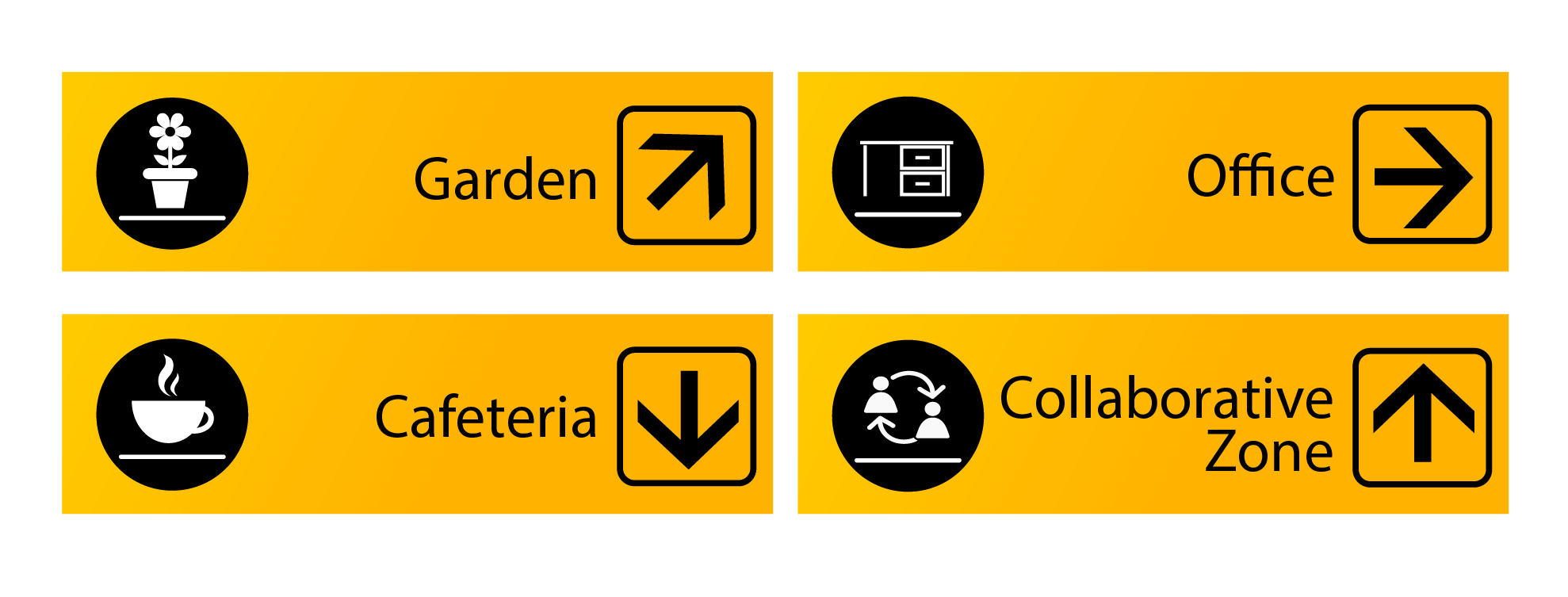In addition, they’re usually equipped so that attendees who are teleworking can participate comfortably, with screen systems, cameras and mixed reality tools that allow them to participate in face-to-face activities in an inclusive way.
What are the benefits of this flexible working model?
Telework was the lifeline that prevented the widespread shutdown of many companies during the pandemic and showed that it’s an efficient and realistic alternative to face-to-face work. However, it has shown us that people are social beings who need contact with others. The concept of hot desking spaces captures this new workplace scenario, where offices are not just a place to perform specific, individual functions, but open, flexible environments that foster relationships between colleagues and the exchange of ideas, thus helping to forge a more robust company culture, something that teleworking is not always able to achieve.
“We have realized the incalculable value of the office as a place for meeting and socializing”
This new hotspot model sees the office as an increasingly socially-oriented place where employees enjoy greater freedom to choose where they work as well. It leaves behind the 20th century idea of companies as rigid, grey, cubicle-divided areas, opting for open-plan, minimalist spaces instead.
But the benefits of the hot desking model go further, with perks for both employees and the company, as well as for the environment.
Benefits of hot desking for employees:
- One of the most attractive advantages is that you choose daily where you fancy working. If you need a breath of fresh air, maybe today is the day to book one of the garden stations.
- Changing desks daily allows you to meet new colleagues every day, which translates into freedom and social culture. It also improves social interaction between employees from different departments, an aspect that telecommuting or even the fixed workspace model leaves completely unattended.
Benefits of hot desking for companies:
- According to a study by Zenefits, 73% of employees report that their companies’ flexibility measures increased their job satisfaction, and 78% of employees say they’re also more productive because of them.
- Allowing employees to work wherever they want, be it from home, from a coffee shop or at an available desk in the office, reduces the need for hundreds and hundreds of square metres. Allowing them to choose where they work from means smart facility management that also reduces overall costs.
Benefits of hot desking for the environment:
- This type of model is designed to combine remote and in-office working. This means that, every day, a certain percentage of employees will work from home. The less commuting to the office, the less vehicles will be emitting CO₂ on the roads and, in addition, the classic rush hour traffic jams will also be reduced.
- Another sustainability-related point promoted by hot desking is the gradual phase-out of paper. As no one has a fixed location, there will be no more accumulation of paper and more paper. Employees will have all the necessary documents available on the cloud, so having internet and a laptop will suffice.
Hot desking is much more than just a new way of organising offices. It’s a system that fosters communication, creativity and employee comfort. The pandemic has made us reflect on a new office model in which the hybrid format is proving that leveraging the best of face-to-face and teleworking can be the way forward.
Sources: XL Semanal, Xataka, WeWork
